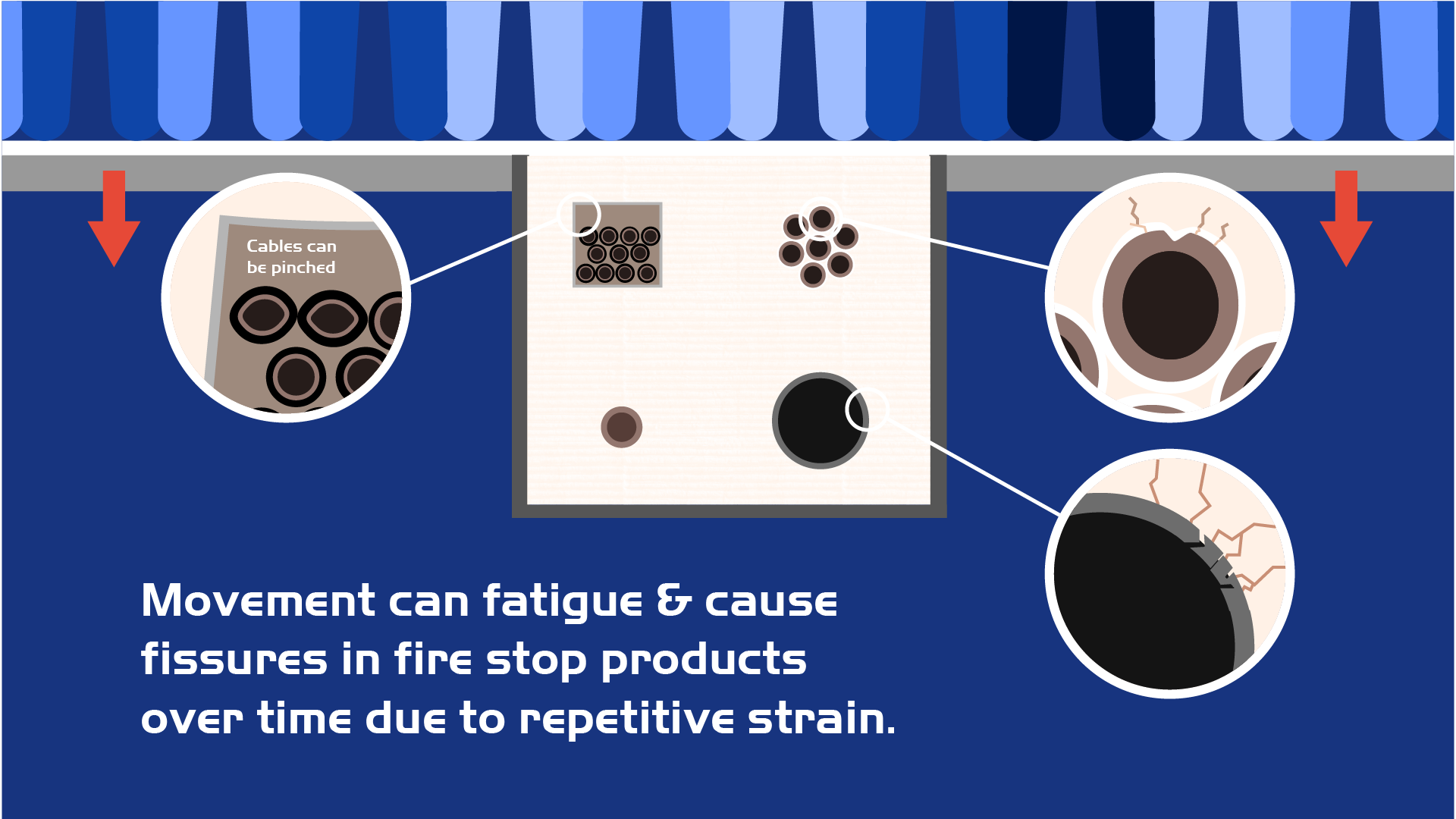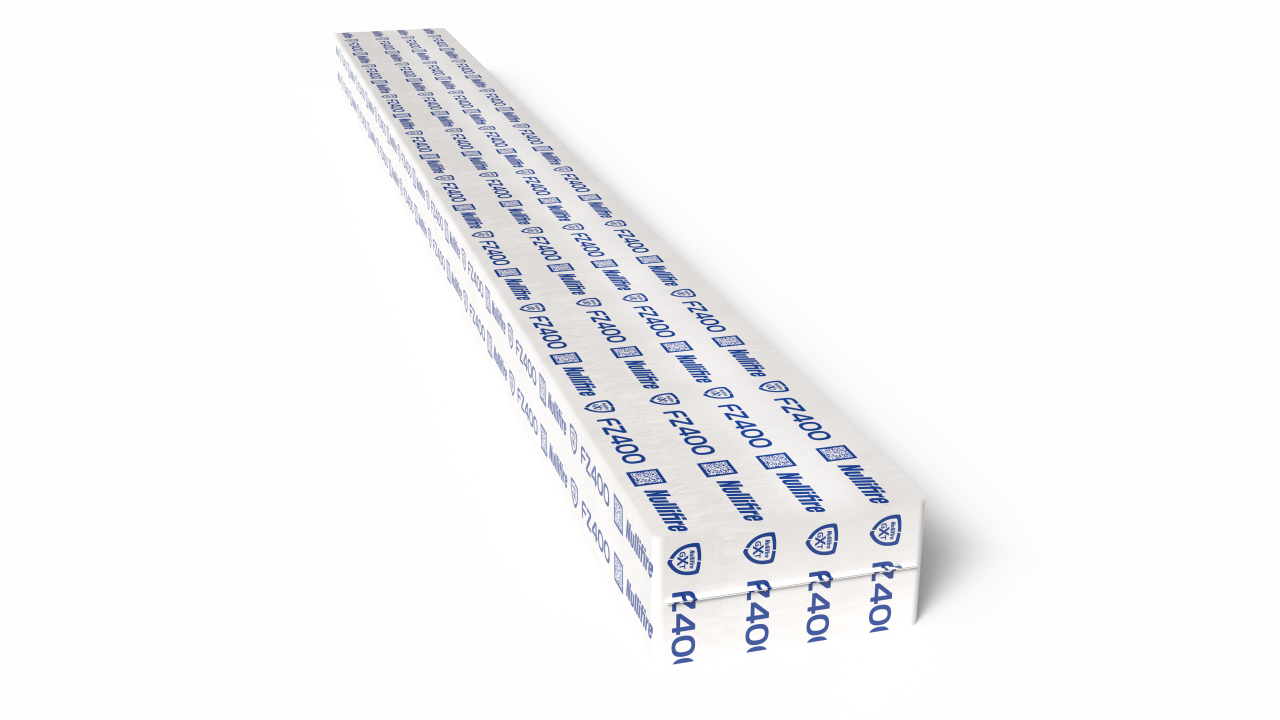Building Movement- Understanding Structural Loads and how FZ400 can help



Building Movement- Understanding Structural Loads and how FZ400 can help
In real-world environments, buildings are not static. They shift, flex, expand, and settle under a wide range of structural and environmental forces. While firestopping systems are tested to perform under standardised conditions, these tests often don’t reflect the true challenges posed by building movement.
Let’s explore why this matters — and how Nullifire FZ400 addresses the issue head-on.
Understanding the Loads that Cause Movement
A wide variety of forces act on a building throughout its lifespan. These include:
- Fire Loads – Sudden temperature spikes during a fire can cause rapid thermal expansion and distortion in steels.
- Dynamic Loads – Movement from machinery, vibration, or changing occupancy can place fluctuating stresses on the structure.
- Static Loads – Permanent loads like walls, roofs, and floors exert constant pressure on the building framework. An example of this is in statues.
- Wind Loads – High winds, particularly in exposed or high-rise buildings, can flex façades and move structural elements.
- Subsidence & Settlement – Changes in ground conditions can cause uneven movement or shifting in the building’s foundation.
- Heat Expansion – Materials naturally expand in warmer conditions and contract in cooler ones, creating ongoing movement.
- Snow Loads – Seasonal weight changes from snow accumulation can alter the distribution of pressure on a building.
- Heave – The swelling of soil (often clay) beneath a structure due to increased moisture can lift parts of the building.
The Problem: Rigid Firestopping vs Repetitive Strain
Firestopping systems—especially around service penetrations—are often specified based on tests like EN 1366-3/4, which primarily evaluate fire resistance in controlled, static conditions. However, the repetitive strain from building movement over time can lead to:
- Fatigue in rigid firestop materials
- Fissures, cracking, or detachment
- Loss of cold smoke sealing
Is There a Way of Moving the Services – Safely?
Modern construction often demands flexibility — especially when it comes to routing or rerouting services. Traditional firestop systems can limit this flexibility and pose challenges during retrofits or reconfiguration of services.
The Solution: Nullifire FZ400 – Movement-Tolerant, Performance-Tested
FZ400 is a GXT-based firestopping solution specifically designed to solve these challenges. It provides a reliable seal while also accommodating movement, helping to maintain fire resistance and smoke containment in dynamic conditions.
Key Benefits of FZ400:
- Compressible fit: Easily installed between services and the aperture to form a framed primary seal
- Flexible graphite-impregnated open-cell foam, housed in a durable, water-resistant white sleeve
- Cold smoke seal performance retained even under movement or compression
- Tested for up to EI 120 fire resistance under EN 1366-3/4
- Dry fit: No curing, adhesive, or mess — simple to install.
- Retrofit Ideal for refurbishment projects or where services cannot be moved easily.
Design for Real-World Movement
Nullifire FZ400 helps specifiers and contractors futureproof their firestopping strategy, reducing the risk of failure in buildings subject to real-world loads. It protects service penetrations not just during a fire, but through years of shifting, swelling, and settling.
Need guidance on protecting service penetrations in your project?
Contact Nullifire’s technical team for tailored support and access to tested, movement-ready solutions.











